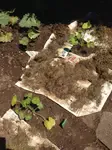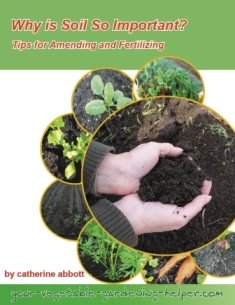How often should you water your garden?
How often should you water a garden, is a very common question. These water tips and techniques will help you in growing a successful vegetable garden. Vegetables need a steady supply of moisture from the time you first plant them to harvesting. This is especially important when the vegetable plant is fruiting or forming their roots or tubers.
Too little will lead to poor root development and wilting. Giving your plants too much may drown the roots causing them to die as well. Proper moisture is necessary for a healthy garden.
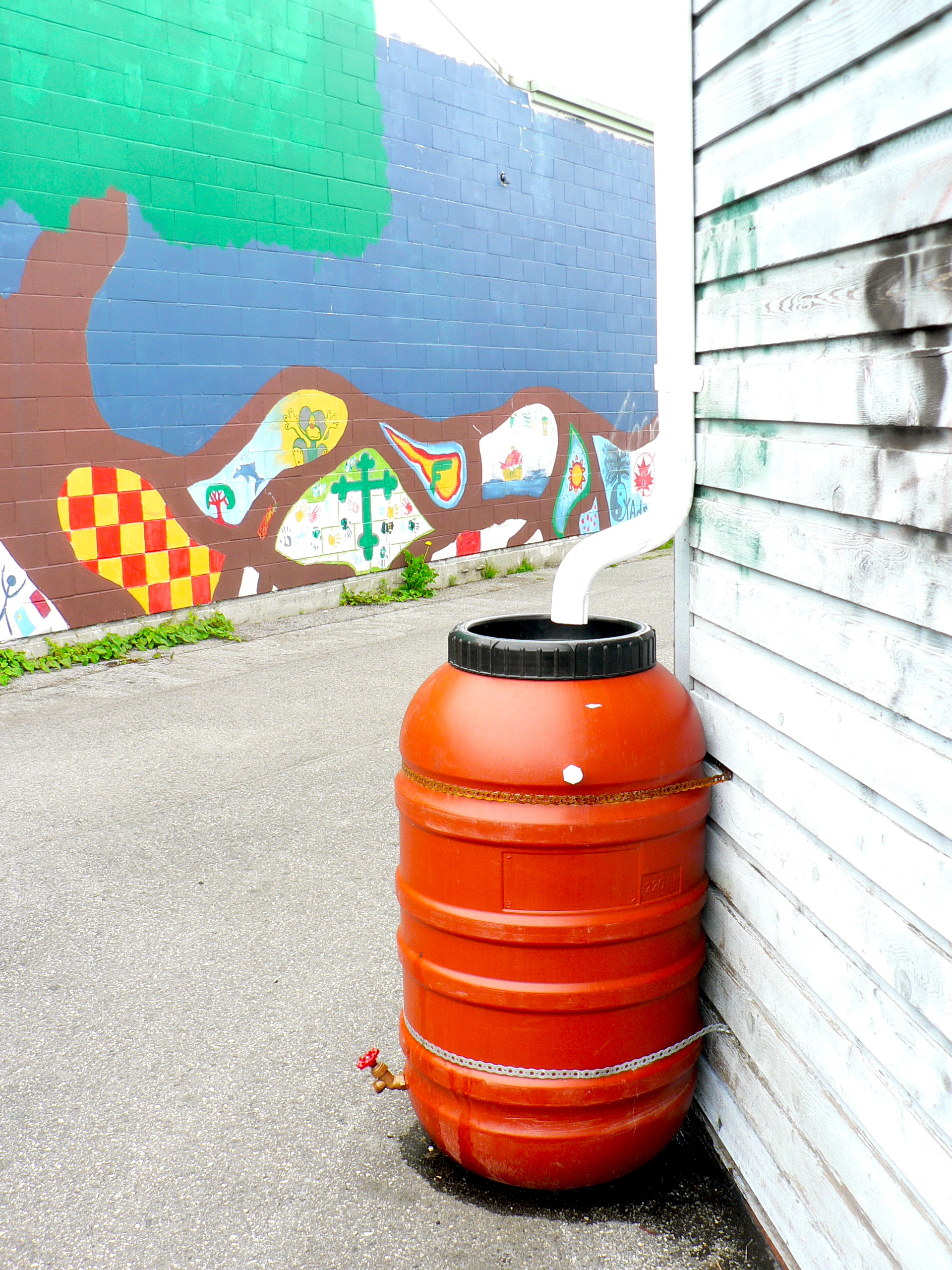
My Conclusion on how often should you water your garden.
How often should you water a vegetable garden depends on several factors, including the type of vegetables, soil type, weather conditions, and the stage of plant growth. Here are some general guidelines:
1. Soil Moisture: Vegetable gardens typically require about 1 to 1.5 inches of water per week. This can come from rainfall or supplemental watering.
2. Weather Conditions: In hot, dry, or windy weather, plants may need more frequent watering, sometimes even daily, to keep the soil consistently moist.
3. Soil Type:
- Sandy Soil: Drains quickly and may require more frequent watering.
- Clay Soil: Retains water longer and may need less frequent watering, but ensure it doesn't stay waterlogged.
4. Plant Stage:
- Seeds and Seedlings: Require consistent moisture and may need daily watering until they are established.
- Established Plants: Generally need deep watering 2-3 times a week to encourage deep root growth.
5. Mulching: Using mulch can help retain soil moisture, reducing the need for frequent watering.
6. Morning Watering: It's best to water in the early morning to reduce evaporation and allow plants to absorb water throughout the day.
Always check the soil moisture before watering by sticking your finger an inch or two into the soil. If it feels dry, it's time to water. Adjust your watering schedule based on these observations to ensure your vegetable garden thrives.
Signs that your vegetables are not getting enough water:
- Plants are generally smaller than normal.
- Vegetables are not producing very many fruits, seeds or roots are small and misshapen.
- More susceptible to disease.
- Loss of normal brightness and color.
- Vegetable plants will normally wilt at midday if it is extremely warm, however if they are still wilted by late after they need more water.
Learn more about how often should you water and nutrient needs of your favourite vegetable's from my alphabetical list of vegetables.
Which technique is best for watering your garden?
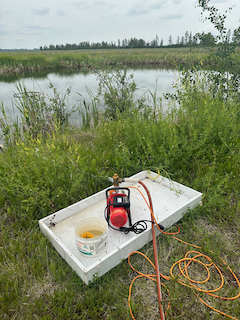 Pump water from our pond to water the garden
Pump water from our pond to water the gardenOut of the below six techniques choose which one or combinations of them that would be best for your garden. Consider your garden size, the amount of time you have and the amount to money you want to spend when planning how often should you water.
I personally use a combination of techniques. I hand sprinkle my seedlings and small containers with a watering can. The sprinkler with a timer is used for smaller garden areas where all the beds can be reached without moving it.
I find the drip irrigation works best for my larger areas. I set it up in the spring and then turn on my pump once or twice a week depending on the weather. We water from a pond so the pressure is low and we need to conserve in the hot months. I find my vegetable plants thrive with drip irrigation and it frees up my time to be doing other things in my garden.
I like ease; I prefer to have my hands in the soil rather than holding a hose. I hope these tips and techniques will help you in your vegetable garden.
Hand Water with a Watering Can
Almost any container that will hold liquid can be used to keep your vegetable containers, seedlings, transplants moist and for applying compost or manure teas to your garden.
Hand Watering with a Hose
Use a hose, or a wand attached to the end of your hose.
Advantages: Very little equipment is needed so it is inexpensive. You have control of how much is given and when.
Disadvantages: The time involved. It would take you at least an hour of hand sprinkling to soak a 10 by 10 foot garden to get to the plant roots. You cannot easily leave your garden for days at a time.
Sprinkler
This technique gives your garden plants a gentle rainfall affect.
Advantages:
- Simple to use and still the most popular with home gardeners.
- Inexpensive as all you need is a tap, hose and sprinkler.
- Time saving as you can do other things while your sprinkler is on.
- You can purchase automatic sprinklers and timers so they will turn on without you being there.
- Easily moved around your garden.
- Overhead sprinkling can cool off plants; for example lettuce, spinach and salad greens like this. As the water evaporates from the leaves the temperature lowers. Best time to put the sprinkler on is in the morning and on a windless day.
- Takes about 1 hour to reach the vegetable plant roots.
Disadvantages:
- Wasteful as some of the water evaporates before it reaches the ground.
- Moisture on some vegetable leaves can cause diseases; for example moisture on tomato leaves can cause blight on your plants.
- Moisture may not reach the plant roots. This occurs with vegetable plants with large leaves such as broccoli or cabbage.
Soaker hose
This is a special hose with pinprick size holes. Moisture seeps through the holes into the ground.
Advantages:
- Saves water as none is lost to evaporation.
- Adds moisture to your garden slowly, so the soil gets a thorough wetting.
- Wets the soil evenly.
- Can be easily moved around.
- Takes approximately 15 minutes to reach a depth of 1 foot. If you have a leaky hose, poke more holes into it to make your own soaker hose.
Disadvantages:
- Can take some time to lay the soaker hose out in your garden and will need to be put away during the winter months.
- Can be costly, depending on the amount of hose you need in your garden.
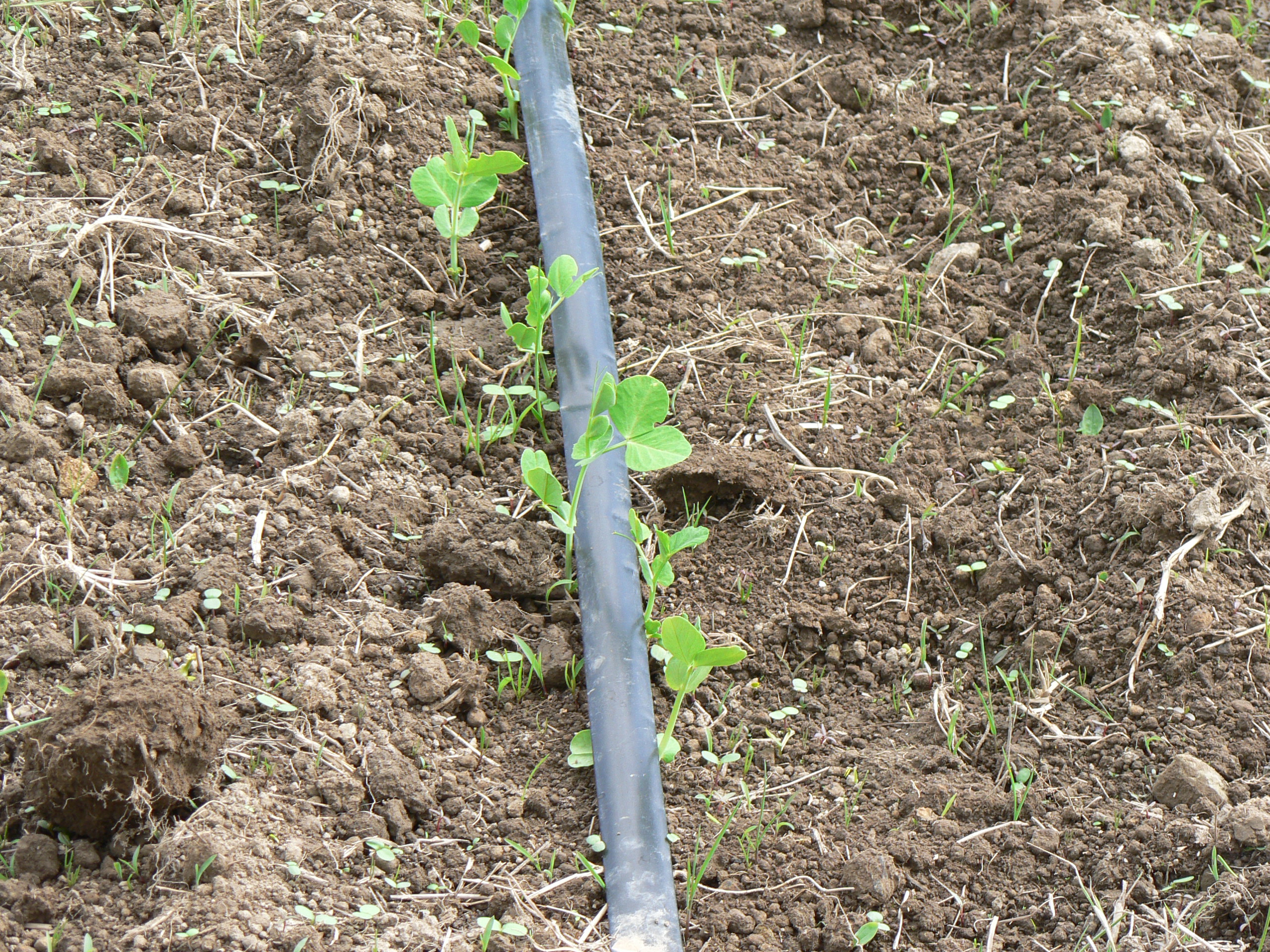 Drip Irrigation
Drip IrrigationDrip Irrigation
This is a flat plastic tubing that fills out when full. Moisture drips slowly into the ground from precut intervals of usually 6 or 12 inches.
Advantages:
- Uses less water than all the above techniques.
- Good for areas where it is scarce, you have low pressure or want to conserve.
- Great for areas that are sloping.
- Moistens the individual plant roots.
- Adds moisture to your garden slowly and evenly.
- Economical, especially if you have a large garden site.
- Very little moisture is lost to evaporation. Takes as little as 15 minutes to reach plant roots to a depth of 1 foot.
- Can be connected to a timer to save even more time.
Disadvantages:
- Not the best option for a tiny garden.
- Takes time to install and needs to be brought in during the winter months if it freezes.
- You need irrigation connectors and attachments to attach each piece of tubing to a pipe that will then be attached to your water source.
- Can be costly when first purchased. The tubing is fairly inexpensive when purchased in bulk, however the connectors and attachments can be expensive.
- Tubing will disintegrate over several years if exposed to direct sun; so it is best to put your mulch on top of the tubing.
- Tubing can be punctured with a hoe or rake if you are not careful.
Furrow Irrigation
This is a technique where you dig a trench beside your garden beds. You fill one end with a hose and let the water seep into the ground.
Advantages:
- Good for crops that do not like overhead sprinkling. Broccoli, Cauliflower and tomatoes are some examples.
- Adds moisture to your garden slowly.
- Best used in a large farm field.
Disadvantages:
- Not the best option for a small garden.
- Not very attractive.
- Can create a lot of muddy areas in your garden. Ground must be level with no more than a one foot drop every 100 feet.
- Takes time to make the trenches. They need to be about 8 inches deep and at least 10 inches wide. You need to fill the trench.
- May not add water to the soil evenly.
Return to Vegetable Gardening Tips
Recent Articles
-
Organic Gardening soil amendments - List of material?
Aug 09, 25 10:57 AM
What materials are best used as organic gardening soil amendments? -
Tips for disease control in your vegetable garden
Jul 14, 25 11:15 AM
Easy tips for disease control to keep your vegetable growing its best. -
Joy of vegetable Gardening
Jul 14, 25 11:01 AM
Everything you need to know is right here to have Joy of Vegetable Gardening
